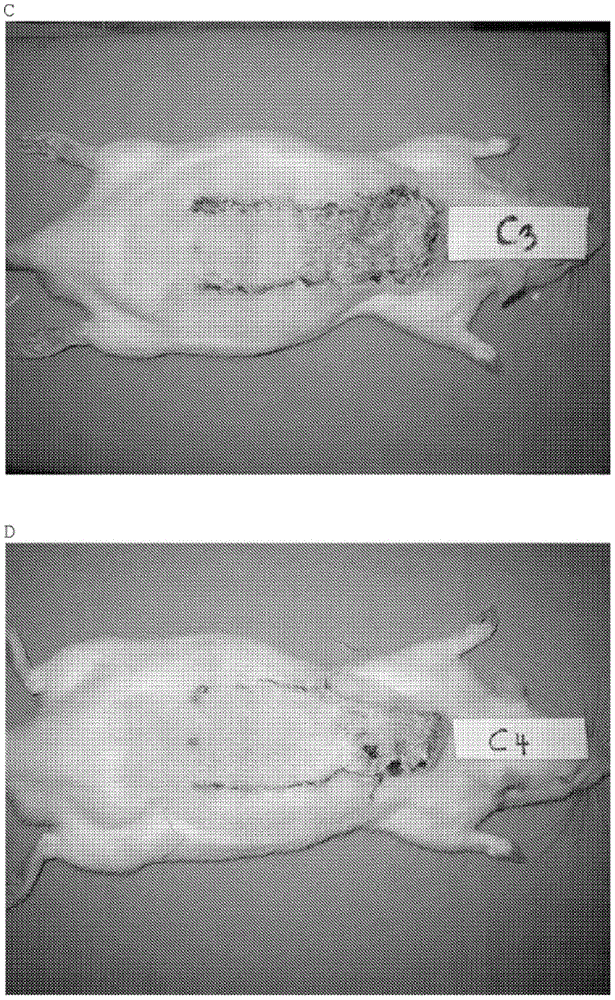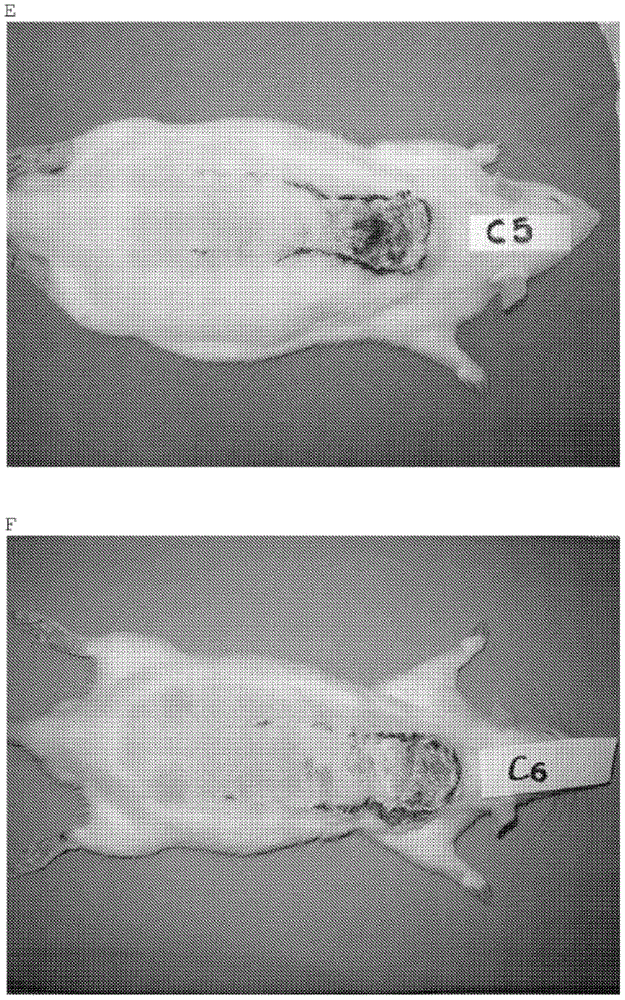Oxabicycloheptanes and oxabicycloheptenes for the treatment of reperfusion injury
A technology of reperfusion injury and alkyl, applied in the direction of active ingredients of heterocyclic compounds, medical preparations containing active ingredients, drug combinations, etc., can solve the problems of restricting patients with acute myocardial injury, delaying travel time, etc.
- Summary
- Abstract
- Description
- Claims
- Application Information
AI Technical Summary
Problems solved by technology
Method used
Image
Examples
Embodiment 1
[0377] The synthesis of embodiment 1.LB-107
[0378] LB-107 (5) was prepared by reacting acid 3 with N-methylpiperazine (4) in the presence of EDC. To prepare 5 in better yield, three different approaches were tried. In the first approach, a one-pot reaction of LB-100 using thionyl chloride in ethanol was attempted, but no product was observed. In the second method, the acid chloride of LB-100 was reacted with methanol in the presence of triethylamine / DMAP to give the desired methyl ester. The resulting methyl esters are obtained in low yields and the separation of triethylamine from the product is also tedious. Therefore a two-step approach was used. In the third method, endoxal (1) was heated under reflux in methanol to afford the desired monoethyl ester 3 in 95% yield. When compound 3 was treated with N-methylpiperazine (4) in the presence of EDC and a catalytic amount of N-hydroxybenzotriazole, the desired methyl ester 5 was obtained in 39% yield after purification b...
Embodiment 2
[0385] Example 2. Protein Phosphatase 2A Inhibitors
[0386] Compounds used in the methods of the invention are protein phosphatase 2A (PP2A) inhibitors (Lu et al., 2009; US 7,998,957 B2). Compounds LB-100 and LB-102 are in vitro inhibitors of PP2A in human cancer cells and in xenografts of human tumor cells in mice when administered parenterally to mice. These compounds inhibit the growth of cancer cells in a mouse model system. Another structural analog of these compounds, LB-107, has been shown to be active when administered orally to mice.
[0387] LB100, LB102 or LB107 were tested in animal models of cardiac ischemia-reperfusion injury.
[0388] The structure of LB100 is:
[0389] The structure of LB102 is:
[0390] The structure of LB107 is:
Embodiment 3
[0391] Example 3. Increase in Akt Phosphorylation and Activation
[0392] Compounds LB-100, LB-102, LB-107, and other analogs of LB-100 disclosed herein increase phosphorylation of Akt in mammalian cells including, but not limited to, cardiomyocytes, brain cells, and endothelial cells cell. Compounds LB-100, LB-102, LB-107, and other analogs of LB-100 disclosed herein reduce dephosphorylation and inactivation of Akt by protein phosphatase 2A (PP2A) in mammalian cells, which Animal cells include, but are not limited to, cardiomyocytes, brain cells, and endothelial cells. Compounds LB-100, LB-102, LB-107, and other analogs of LB-100 disclosed herein increase activation of Akt by protein phosphatase 2A (PP2A) in mammalian cells including, but not limited to , cardiomyocytes, brain cells and endothelial cells.
PUM
 Login to View More
Login to View More Abstract
Description
Claims
Application Information
 Login to View More
Login to View More - R&D
- Intellectual Property
- Life Sciences
- Materials
- Tech Scout
- Unparalleled Data Quality
- Higher Quality Content
- 60% Fewer Hallucinations
Browse by: Latest US Patents, China's latest patents, Technical Efficacy Thesaurus, Application Domain, Technology Topic, Popular Technical Reports.
© 2025 PatSnap. All rights reserved.Legal|Privacy policy|Modern Slavery Act Transparency Statement|Sitemap|About US| Contact US: help@patsnap.com



